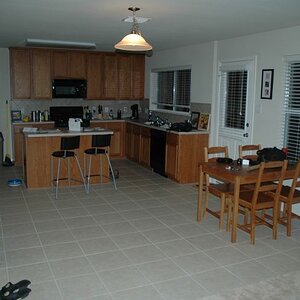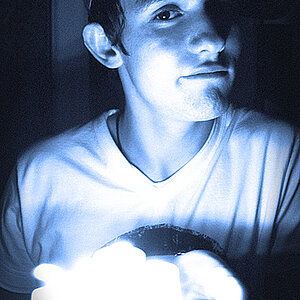Buszaj
TPF Noob!
- Joined
- May 23, 2007
- Messages
- 521
- Reaction score
- 0
- Location
- Toronto
- Can others edit my Photos
- Photos OK to edit
Hey everyone,
I need some help on creating a blurry background when shooting sports. I shoot in full manual, and usually have the aperture between 2.8 and 3.7. I hear that a low aperture number is needed for this effect. Yet, I still can't get the background to be blurred. (I'm zoomed in to the max most of the time).
Thanks
I need some help on creating a blurry background when shooting sports. I shoot in full manual, and usually have the aperture between 2.8 and 3.7. I hear that a low aperture number is needed for this effect. Yet, I still can't get the background to be blurred. (I'm zoomed in to the max most of the time).
Thanks



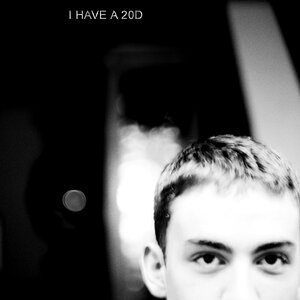
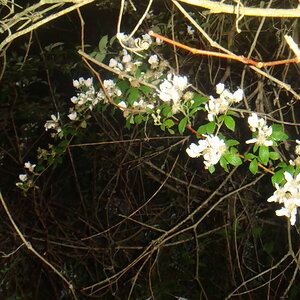
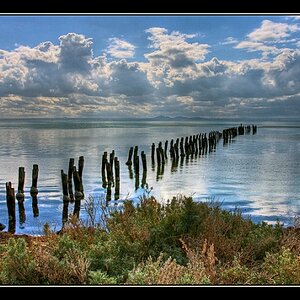
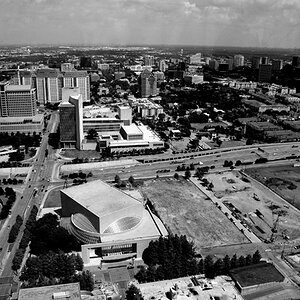
![[No title]](/data/xfmg/thumbnail/35/35868-15d995e4052bf05e2038e8b2a545a08f.jpg?1619737195)
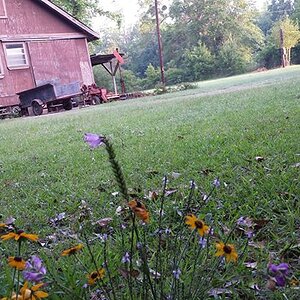
![[No title]](/data/xfmg/thumbnail/35/35867-0c74c728d92f908264af585fd93bd36c.jpg?1619737194)
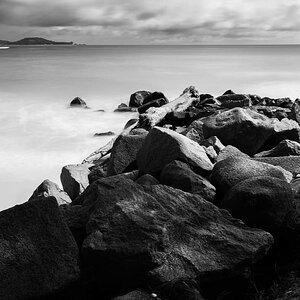
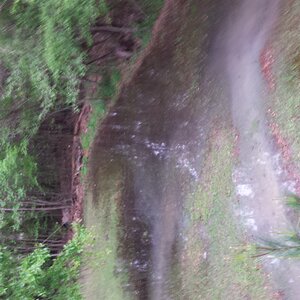
![[No title]](/data/xfmg/thumbnail/41/41935-851da2b46dc9cbb829c8c42b2aa84873.jpg?1619739947)
